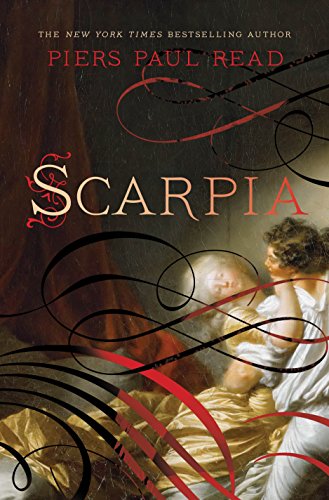Scarpia
Best known for Alive: The Story of the Andes Survivors, Read reprises his renowned journalistic style in his latest novel. Set in the late 18th century, Scarpia is a riff on Puccini’s Tosca, described by Read as the original work of an “anti-clerical Frenchman,” whose “calumny” it is his purpose to redress. No surprise there. As an English Catholic, the enthusiasm Read radiates for this opportunity to defend the papacy while slamming the French is guiltily charming.
Scarpia is a villainous character in the opera, showcased in an ethereal duet with Tosca where he deceives her into betraying her tortured Jacobin lover. Read re-imagines him from childhood: son of a disenfranchised Sicilian noble, a reckless military career leaves Scarpia in the service of church benefactors and a rich Roman wife. After a chance dalliance with Tosca, the rock-star soprano of her time, Scarpia flees Rome to avoid Napoleon’s army. The Pope is dethroned, and Scarpia’s wife misbehaves quite publicly. When fortunes reverse, Scarpia returns to serve, unwillingly, as Rome’s chief enforcer, ordered to root out Republican sentiment.
The climax is known, and the entire opera is compressed into the last chapter. Scarpia’s motives are not only vindicated – a conflict of loyalty and Catholic guilt – but Read reworks the very storyline. A cheat, perhaps, but Scarpia is not meant to be fan fiction.
Read is at his best when applying his skilled realism to deep dive character study. He fails only, perhaps, by rendering Puccini irrelevant. Most fascinating is the omniscient voice of the confessional: the ability of priestly characters to divine the cross-currents of human motive while ignoring their own bias. In it we imagine echoes of Read’s own conscience. A worthy read.










